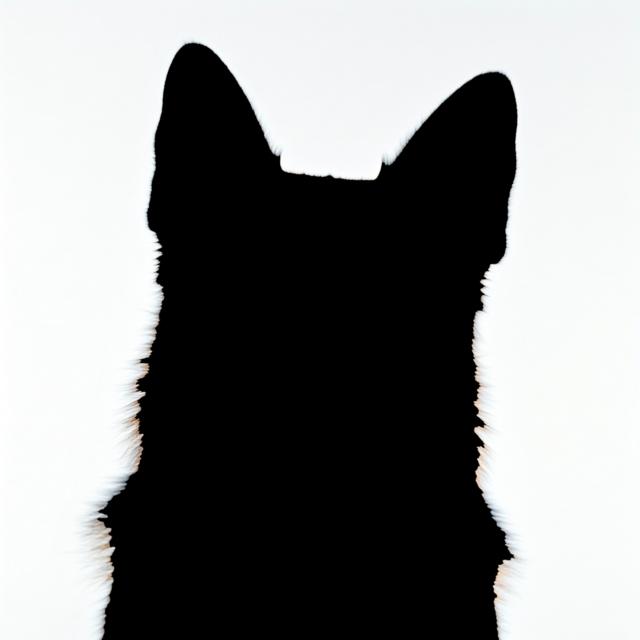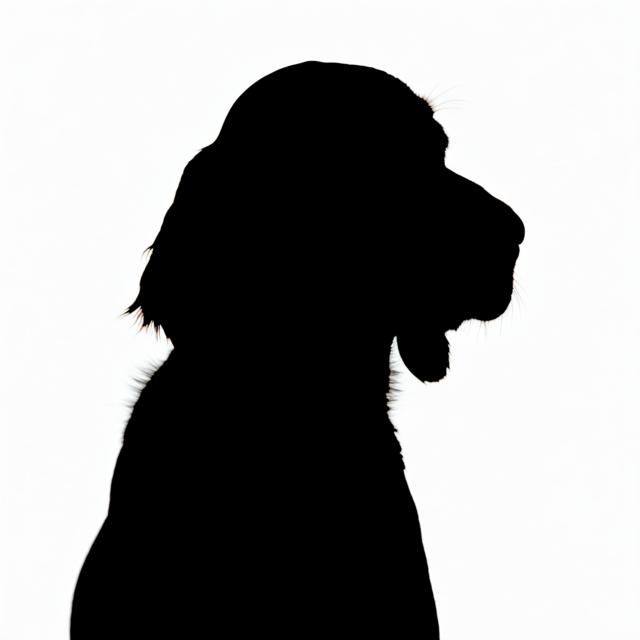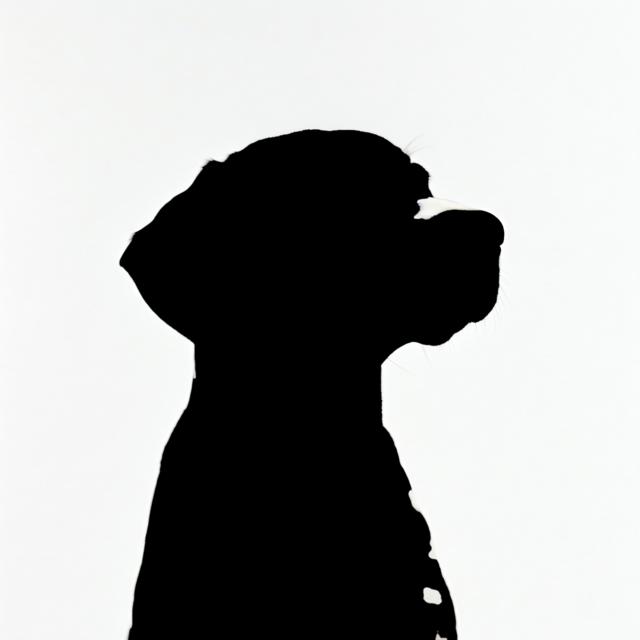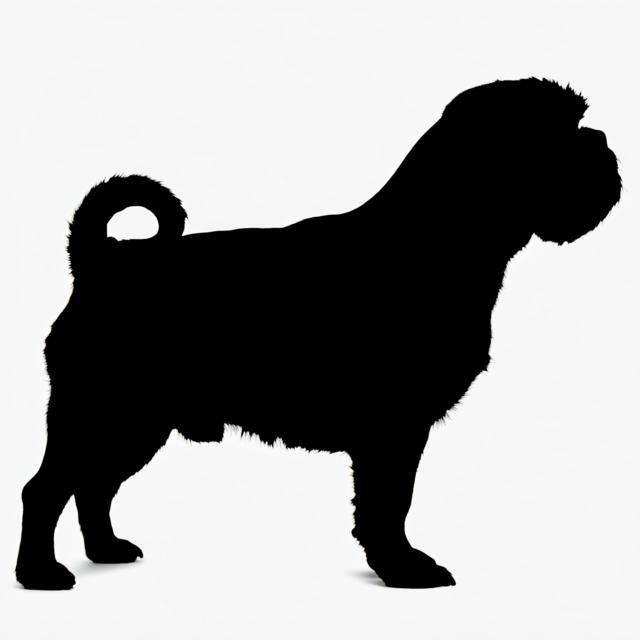Bolognese
Bolo, Bologneser
 akc
akc ankc
ankc fci
fci nzkc
nzkc rkc
rkc ukc
ukc



Summary
- The Bolognese is a small, white, and wooly companion dog originating from Italy, known for its calm and devoted temperament. They are affectionate with family, good with children and other pets, but can be reserved with strangers.
Origin and Purpose
- The Bolognese originated in Italy and was bred as a companion dog for the wealthy and noble families.
Appearance
Dimensions
| Gender | Height | Weight |
|---|---|---|
| Female | 10-11 inches (25-28 cm) | 5.5-9 lbs (2.5-4 kg) |
| Male | 10-12 inches (25-30 cm) | 5.5-9 lbs (2.5-4 kg) |
Coat
| Attribute | Notes |
|---|---|
| Color |
|
| Type |
|
| Length |
|
Care
| Attribute | Notes |
|---|---|
| Shedding |
|
| Grooming |
|
| Drooling |
|
Body
| Attribute | Notes |
|---|---|
| Head |
|
| Skull |
|
| Ears |
|
| Eyes |
|
| Nose |
|
| Muzzle |
|
| Teeth |
|
| Neck |
|
| Forequarters |
|
| Fore Legs |
|
| Hindquarters |
|
| Hind Legs |
|
| Feet |
|
| Tail |
|
| Gait |
|
Temperament
- Calm, intelligent, loyal, and devoted
Social
| Attribute | Notes |
|---|---|
| Affectionate with Family |
|
| Good with Children |
|
| Good with Dogs |
|
| Good with Cats |
|
| Openness to Strangers |
|
| Playfulness Level |
|
| Protective Nature |
|
| Adaptability Level |
|
Working Roles
- Companion Dog
Exercise Needs
- Moderate, short daily walks
Health
- Generally healthy, but can be prone to some genetic conditions like luxating patellas and eye problems
Additional Notes
- The Bolognese thrives on companionship and does not do well when left alone for extended periods. They are sensitive and benefit from positive training methods.